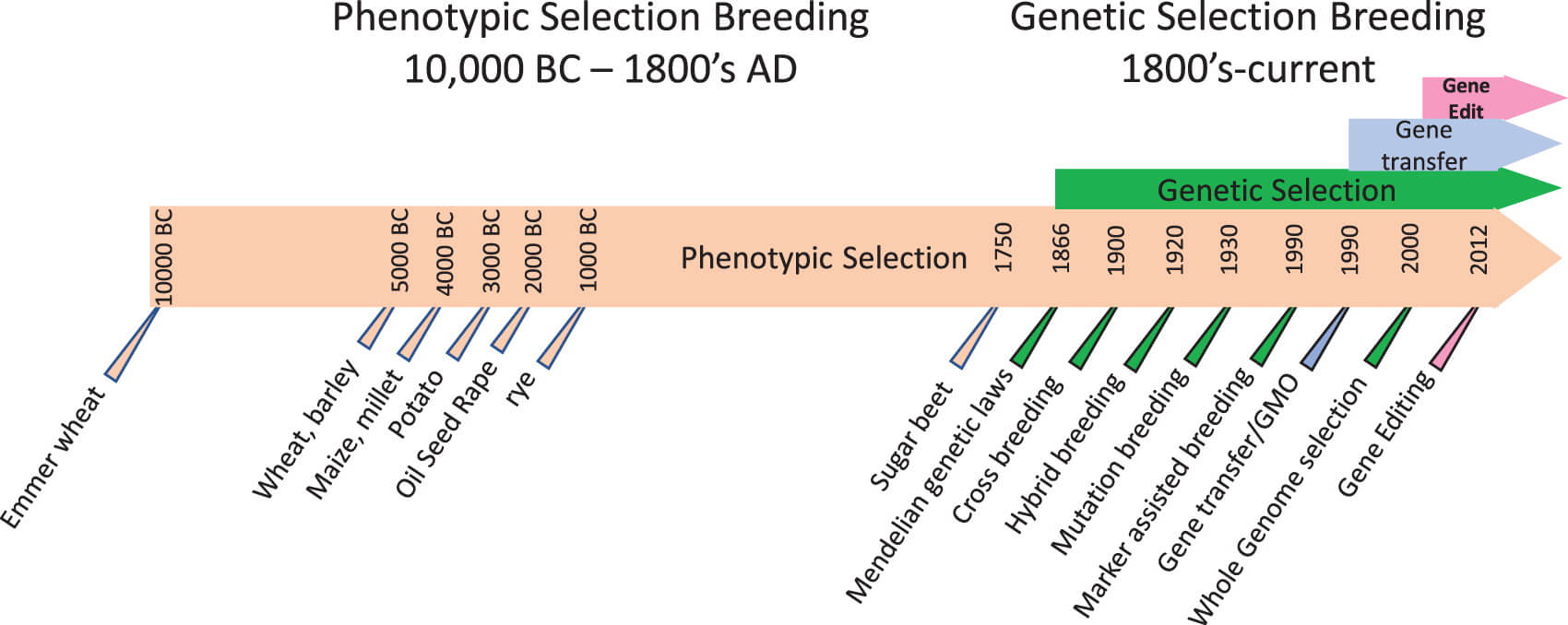Humans have improved plants for their utility through selective self-pollination, crossing, and progeny selection for >10,000 years, largely based on physical characteristics. Less than 200 years ago, the genetic basis of heritability in selection was revealed, enabling breeders to accelerate genetic gain.
Gene editing is clearly a major breakthrough in the crop improvement. In many ways, we are at a similar juncture today with genome editing as we were with GMO development in late 1980s and early 1990s, when there was much excitement about the possibility of biotechnology in transforming agriculture.
Today, we see a gene-editing landscape that is rich with entrepreneurial start-up energy as barriers to entry are significantly lower than GMO research. As a result, several new products are near commercialization, and the pace of new product development will only grow as more companies, organizations, and institutions invest in the technology.

As gene editing develops, it is important we learn from the history of past innovations and ensure its use balances the needs of agriculture and food production, societal acceptance, accessibility, and oversight. Now is the time to apply these learnings.































